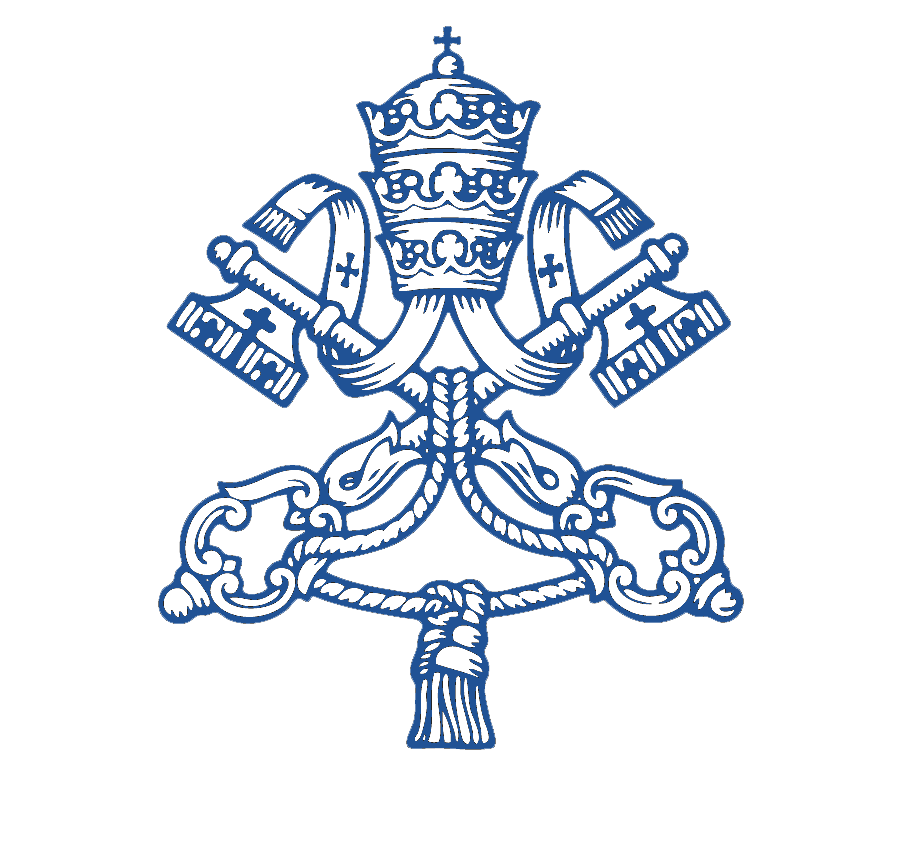The Consilium ad Exsequendam Constitutionem de Sacra Liturgia (Council for the Implementation of the Constitution on the Sacred Liturgy)

On 4 December 1963, following the last vote at the Second Vatican Council, Paul VI promulgated the Apostolic Constitution Sacrosanctum Concilium on the Sacred Liturgy. Later, with the Apostolic Letter Motu proprio data Sacram Liturgiam dated 25 January 1964, Pope St. Paul VI established a Special Commission, called Consilium ad exsequendam Constitutionem de sacra Liturgia (Council for the Implementation of the Constitution on the Sacred Liturgy).
As a parallel institution to the Sacred Congregation of Rites, the Consilium carried out its mandate autonomously until 8 May 1969, when the Sacred Congregation of Rites was suppressed and in its place two new Congregations were created, the Congregation for Divine Worship and the Congregation for the Causes of Saints. The Consilium thus was integrated within the Sacred Congregation for Divine Worship, continuing to work on the implementation of the liturgical reform, albeit with limited powers of its own. Finally, the Consilium would remain in operation until the end of its mandate to implement the liturgical reform as established by the Second Vatican Council.
The Consilium consisted of 48 members (11 Cardinals, 36 Bishops and 1 Abbot) and more than 200 international consultors and advisors, spread across 40 study groups (coetus a studiis). The work of the Consilium consisted in the study of individual points of the reform and the development of the Liturgy, and it was competent - as established by Sacrosanctum Concilium - for the revision of the liturgical books, the preparation of documents for the implementation of the reform, and relations with the local Churches.
